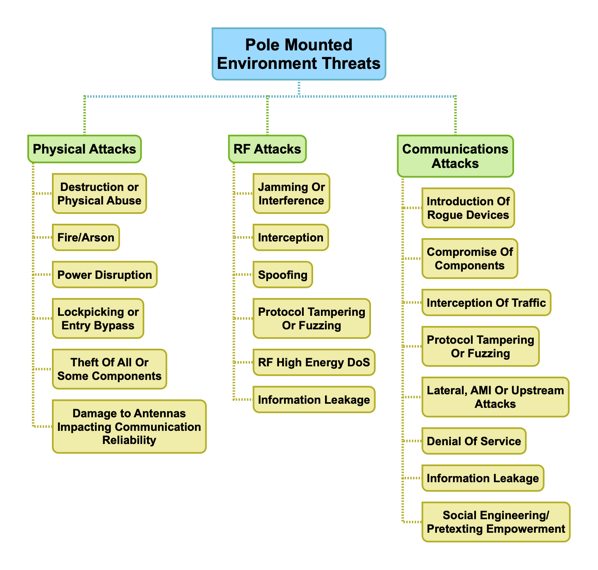Over the last several years, wealth management/asset management firms have been integrating their systems with banking, trading and other financial platforms. One of the largest challenges wealth management firms face, from a technology standpoint, is managing multi-factor authentication when connecting to the accounts of their clients. In the coming year to eighteen months, this is likely to get even more challenging as SMS-based authentication is phased out.
Today, many financial web sites, applications and phone apps require the use of SMS one-time security verification codes to be sent via text to the user. This usually happens once the user has entered their login and password to the system, after which it triggers the credential to be sent to their mobile phone number on record. The user then inputs this code into a form on the system and it is verified, and if correct, allows the user to proceed to access the application. This is called two factor authentication/multi-factor authentication (“MFA”) and is one of the most common mechanisms for performing this type of user authorization.
The problem with this mechanism for regulating sign ins to applications is that the method of sending the code is insecure. Attackers have a variety of means of intercepting SMS text messages and thus defeating this type of authentication. Just do some quick Google searches and you’ll find plenty of examples of this attack being successful. You’ll also find regulatory guidance about ending SMS authentication from a variety of sources like NIST and various financial regulators around the world.
The likely successor to SMS text message authentication is the authenticator app on user mobile devices and smartphones. These authenticator apps reside in encrypted storage on the user’s phone and when prompted, provide a one-time password (“OTP”) just like the code sent in the text message. The difference is, through a variety of cryptographic techniques, once the application is setup and the settings configured, it doesn’t need to communicate with the financial platform, and thus is significantly more difficult for attackers to compromise. Indeed, they must actually have the user’s device, or at the very least, access to the data that resides on it. This greatly reduces the risk of interception and mis-use of the codes in question, and increases the security of the user’s account with the financial institution.
This presents a significant problem, and opportunity, for wealth management firms. Transitioning their business processes from integrating with SMS-based authentication to authenticator apps can be a challenge on the technical level. Updates to the user interaction processes, for those firms that handle it manually, usually by calling the user and asking for the code, are also going to be needed. It is especially important, for these manual interactions, that some passphrase or the like is used, as banks, trading platforms and other financial institutions will be training their users to NEVER provide an authenticator app secret to anyone over the phone. Attackers leveraging social engineering are going to be the most prevalent form of danger to this authentication model, so wealth management firms must create controls to help assure their clients that they are who they say they are and train them to resist attackers pretending to be the wealth management firm.
Technical and manual implementations of this form of authentication will prove to be an ongoing challenge for wealth management firms. We are already working with a variety of our clients, helping them update their processes, policies and controls for these changes. If your organization has been traditionally using SMS message authentication with your own clients, there is even more impetus to get moving on changes to your own processes.
Let us know if we can be of service. You can reach out and have a no stress, no hassle discussion with our team by completing this web form. You can also give us a call anytime at 614-351-1237. We’d love to help!

